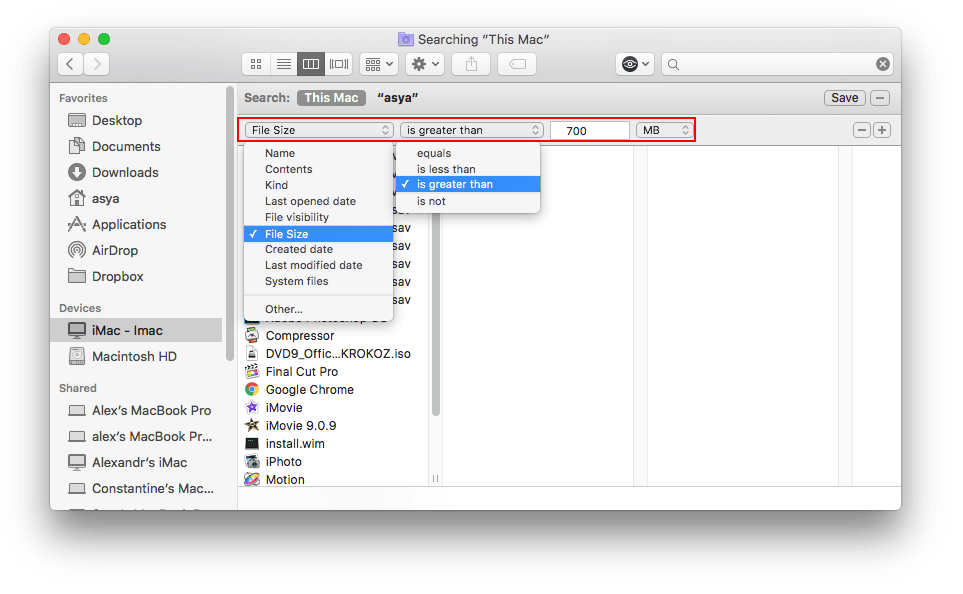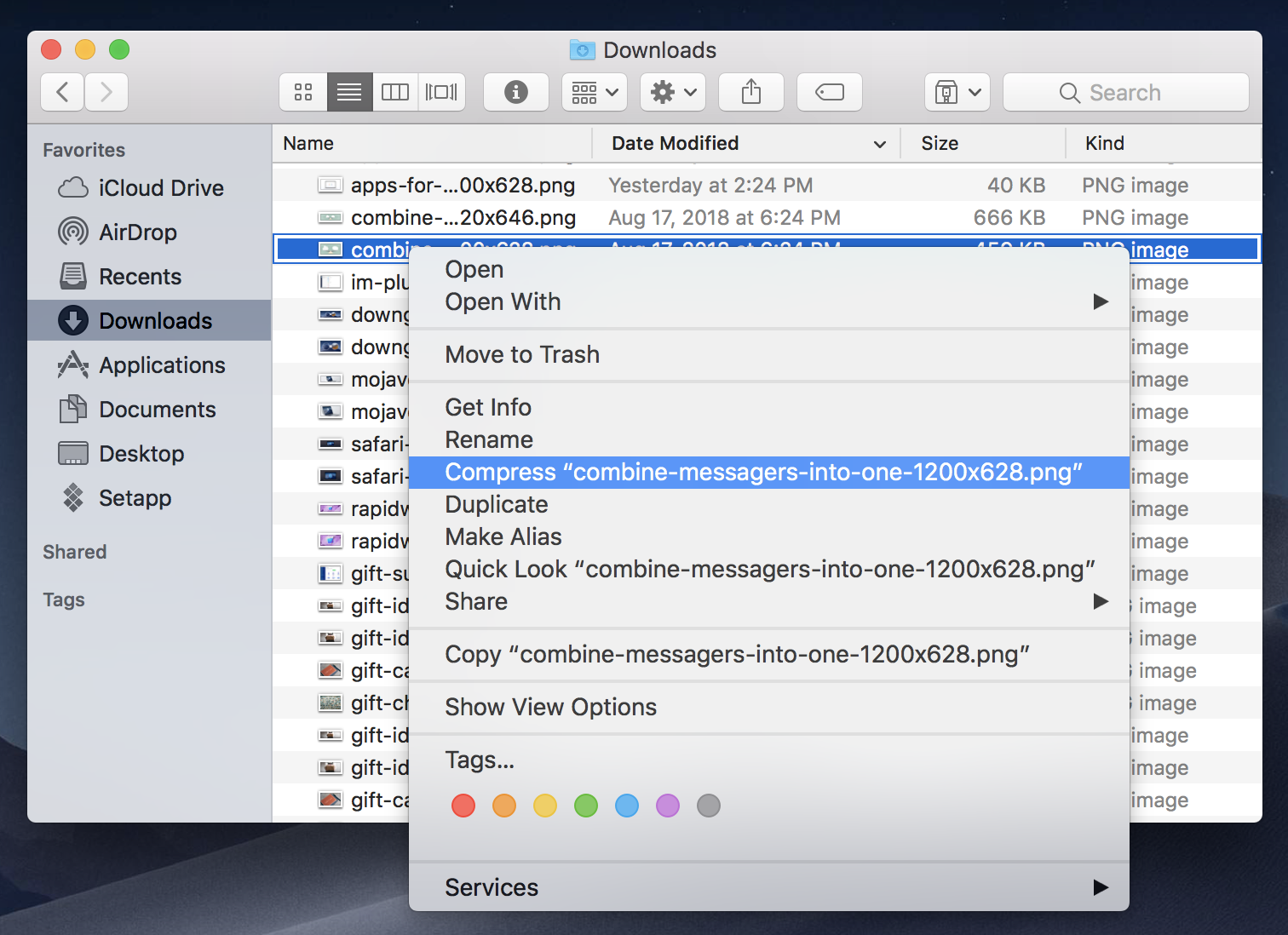- To access Spotlight, go to your Mac's desktop and click on the search icon on the top right corner of the screen. Here, type the name of any file or folder that you are looking for. In no time, the system will start looking for suitable content with respect to the searched keyword.
- Open a Find Window (cmd-f) or do a spotlight search and select 'show all' Hit the little '+' icon (to the right of the 'save' button) Select File Type as a search criteria and select the correct one.
Finding files and folders on the Mac became easier when Spotlight was introduced in OS X Tiger (10.4), but locating files through the command line can be a bit tricker. You can even search for.


Launch a Finder, or Spotlight window. In the Search window, type any of the following:
How To Search On Mac
- date:12/20/15
Find all files for this date
- date: 12/19/15-12/21/15
Find all files in this date range
- created: today
Find all files created today
- modified: 12/15/15
Find all files modified on this date
- accessed: 12/21/15
Find all files with this last access date
- date: 12/20/15 AND kind:Python
Any Python Script on this date
- modified: 12/20/15 AND (kind:Python OR kind:PDF)
Any Python Script or PDF document modified on given date
Dec 21, 2015 1:58 PM
Just a few days ago, we reviewed some very useful basic tips for improving file searching on your Mac using the Finder. This time, we’ll take a look at more advanced file searching tips that will allow you to harness the real power of your Mac’s searching capabilities through filters and the many ways in which they can be used.
Let’s get started.
1. Adding Filters to Searches
We already showed you in the previous post how you can set the Finder to search only within the currently open window. This time, let’s take a look at how to use the powerful filters that the Finder supports.
Using Keywords for Searches
A lot of Mac users don’t know that Finder windows support keywords to define the target of searches. For example, in the search box of any open Finder window, you can use keywords such as kind:, to:, date:, from: and more. Used before your search term, these keywords filter your content with great accuracy.
Using Advanced Filters in Finder Windows
If the filter keywords mentioned above are not enough for you, there are more advanced filter that you can access by clicking on the Options icon and selecting the Show Search Criteria option.
This will open a far more detailed filter menu where you can pinpoint exactly which kind of file or document you are targeting your search for. This is thanks to the different filter levels that the option provides, allowing you to add as many as you need.
2. Saving and Creating Shortcuts of Your Searches
Search Mac For Files
If you happen to search for any particular kind of file or document often, you can use the advanced search filters mentioned above to have your favorite searches at hand and thus avoid having to sort all those files manually in specific folders.
To do this, first you have to perform an advanced Finder search as shown above. Contrary to Spotlight searches, I find the ones performed using the Finder’s advanced filters far more accurate, but even more importantly, they allow you to save them.
Once you create a search you are happy with, look for the Save button and click on it. This will save your advanced search as a Smart folder.
On the dialog box that pops up, name your new search, select the location where you want it saved and also make sure to check the Add to Sidebar option.

From then onwards, your search will be accessible right from any Finder window with just one click. Even better, since these are smart folders, you can tailor your search to be dynamic, which will allow it to be always up to date with the files or documents you are interested in. For example, you could have it display only Word documents edited in the last week. Very powerful and convenient if you ask me.
Additionally, by right-clicking on that search on the sidebar of any Finder window, you can also place it on the Dock of your Mac, edit it and even rename it, making it all that more flexible.
There you go, now you have all you need to always find any file or document on your Mac, and it’s all just a few clicks away.
The above article may contain affiliate links which help support Guiding Tech. However, it does not affect our editorial integrity. The content remains unbiased and authentic.
Mac Search File Name
Read Next

Top 4 Fixes for Activity Monitor Not Showing Columns on Mac
Mac Search For File Containing Text
Do you launch Activity Monitor only to discover that some or all of the columns are missing? Read this article to learn four ways to restore the missing Activity Monitor columns on your
